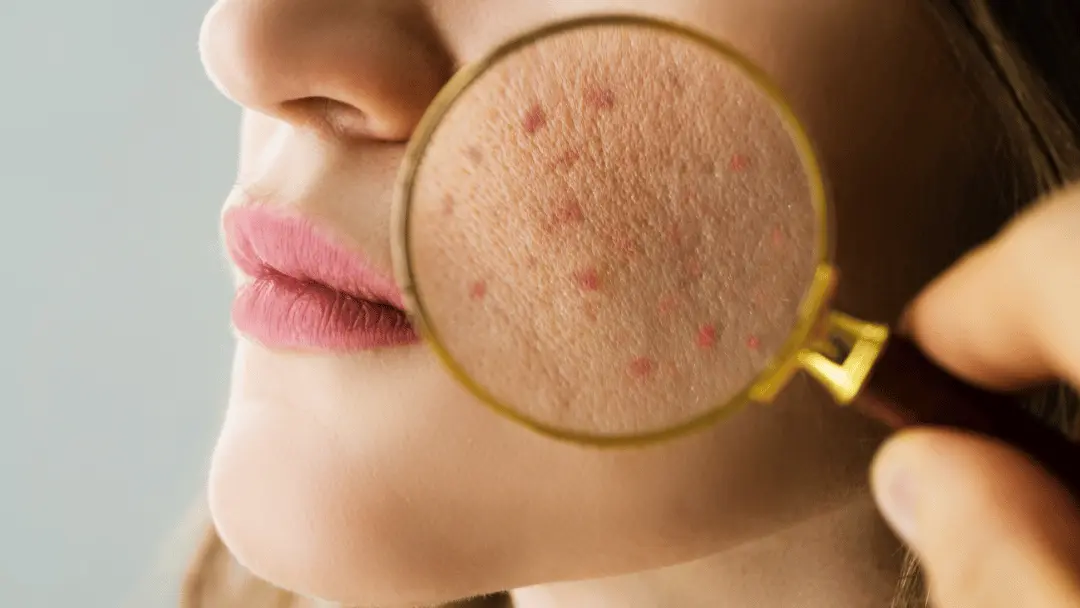Consult a specialist hair loss by visiting a professional hair care expert.
Consult a specialist hair loss by visiting a professional hair care expert.
Blog Article
Checking Out the most recent Advances in Dermatology: Mohs Techniques for Reliable Skin Cancer Cells Treatment
In the developing landscape of dermatology, Mohs surgery has emerged as a groundbreaking method in treating skin cancer cells. This method, recognized for its precision and effectiveness, has changed the domain, using a beacon of wish for individuals with basal and squamous cell cancers. As we unpack the details of this procedure and its edge over standard treatments, one can not help however contemplate the transformative possible Mohs surgery holds for the future of skin cancer cells therapy.
Understanding the Basics of Mohs Surgical Treatment
A significant number of individuals around the world are significantly transforming to Mohs surgical procedure for skin cancer treatment. The efficiency of Mohs surgical treatment is remarkable, flaunting the highest possible success price among therapies for skin cancer cells, with a reported five-year remedy rate of up to 99% for brand-new cancers cells.
The Pioneering Duty of Mohs Surgical Treatment in Dealing With Skin Cancer Cells
In spite of the myriad of skin cancer treatments available today, Mohs surgery holds an unique pioneering duty. Created by Dr. Frederic Mohs in the 1930s, this procedure has changed the field of dermatology by offering the highest possible remedy rate for skin cancer cells clients. Its precision and effectiveness in removing malignant cells while protecting healthy and balanced tissue is unmatched. Mohs surgical treatment is particularly reliable in treating hostile and recurring cancers cells, making it a favored choice for skin cancers cells situated in cosmetically sensitive or functionally important areas. Its pioneering duty transcends beyond its performance, affecting exactly how dermatologists understand and approach skin cancer. This micrographic surgical procedure has set a new standard in skin cancer treatment, promoting survival and high quality of life for clients worldwide.

The Treatment: A Step-by-Step Malfunction of Mohs Surgery
Going through Mohs surgical treatment entails a meticulous, step-by-step process developed to remove skin cancer cells while protecting healthy and balanced tissue. Originally, the visible tumor is gotten rid of, followed by slim layers of skin bordering the area. Each layer is thoroughly examined under a microscopic lense to look for cancer cells. If any kind of are found, one more layer is removed from the accurate location where the cancer cells was spotted. This procedure proceeds till no cancer cells are existing in the skin example. Unlike traditional methods, Mohs surgical procedure enables the doctor to properly determine when the cancer has been entirely gotten rid of, minimizing the demand for added treatment. The injury is after that fixed, usually on the very same day, depending on the size and area of the removed cells.
Trick Advantages of Opting for Mohs Surgical Procedure: Efficiency and Precision

Mohs Surgical procedure vs. Standard Skin Cancer Therapies: A Relative Analysis
The comparative analysis between Mohs surgical treatment and conventional skin cancer therapies demands a thorough understanding of both methods. The initial component of the evaluation will decode the process of Mohs surgical procedure, complied with by an expedition of traditional treatments. The final facet of the contrast will concentrate on the effectiveness of each approach, providing a clear contrast between Mohs and standard therapies.
Recognizing Typical Therapies
Clients fighting skin cancer often challenge a bewildering array of therapy options. Topical radiation treatment involves using a cream or gel directly onto the skin cancer. The selection of treatment requires a cautious balance in between eliminating the cancer thoroughly and protecting as much healthy and balanced skin as possible.
Translating Mohs Surgery
One such improvement is Mohs surgical treatment, a specialized procedure that excels in dealing with certain kinds of skin cancer cells. Unlike traditional treatments that usually get rid of additional healthy and balanced skin around the tumor, Mohs surgical procedure is a precise technique that includes getting rid of skin cancer cells layer by layer while taking a look at each layer under a microscope till no cancer cells continue to about his be. Mohs surgical treatment is not suitable for all skin cancers cells and like it client conditions, hence requiring a mindful evaluation by skin specialists.
Efficiency Comparison: Mohs vs. Typical
While both Mohs surgical treatment and typical skin cancer treatments have their qualities, a relative analysis discloses distinct differences in efficacy. The Mohs strategy, including the elimination of one skin layer at a time, has actually revealed higher treatment rates for both main and recurring skin cancers. Patient suitability, cancer type, and location substantially affect therapy end results.
Accepting the Future: The Growing Adoption of Mohs Surgery in Dermatology
This expanding adoption is associated to the treatment's high cure rates, especially for basic cell carcinoma and squamous cell carcinoma, the most usual types of skin cancer cells. Mohs surgery supplies the benefit of maintaining more healthy and balanced cells than conventional methods, making it a recommended selection for treating cancers in cosmetically delicate locations. In spite of this, the future of dermatology seems to be embracing Mohs surgery as an essential tool versus skin cancer.
Conclusion
In recap, the innovations in Mohs surgery methods have changed skin cancer cells therapy in dermatology. The treatment's accuracy in removing cancerous skin layers while saving healthy cells has actually proved its effectiveness, bring about high remedy rates and low reoccurrence. Provided its superiority over traditional techniques, the fostering of Mohs surgery is expected to grow, positioning it as the future of reliable skin cancer treatment.
Report this page